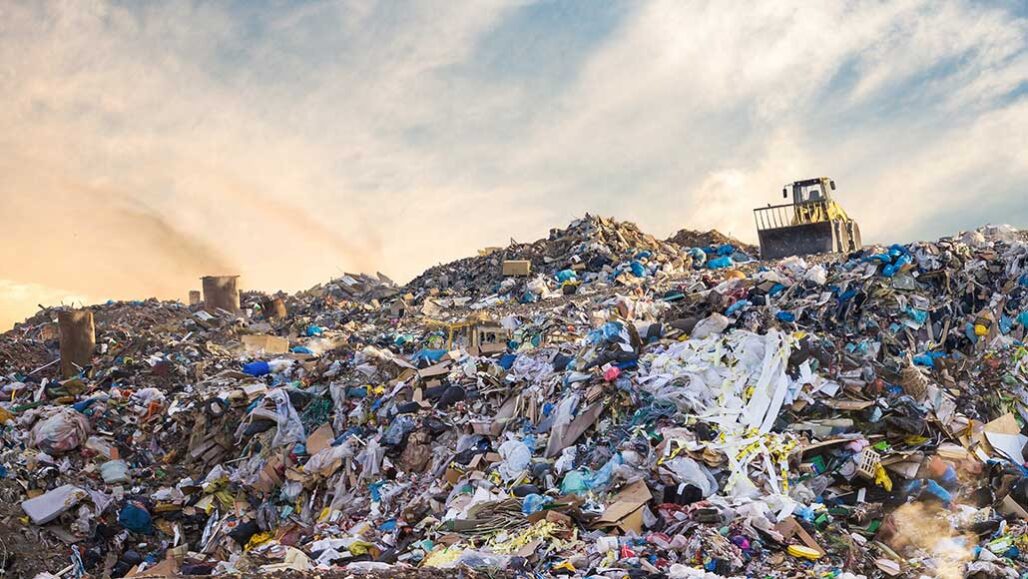Questions for “How to recycle ‘nonrecyclable’ plastics”

New research could provide a way to keep certain types of nonrecyclable plastics from ending up in landfills.
vchal/iStock/Getty Images Plus.

New research could provide a way to keep certain types of nonrecyclable plastics from ending up in landfills.
vchal/iStock/Getty Images Plus.
Register to access:
An error occurred. Please try again.
Already Registered? Enter your e-mail address above.